Nanbu Tekki - Japanese Cast Iron for Eternity
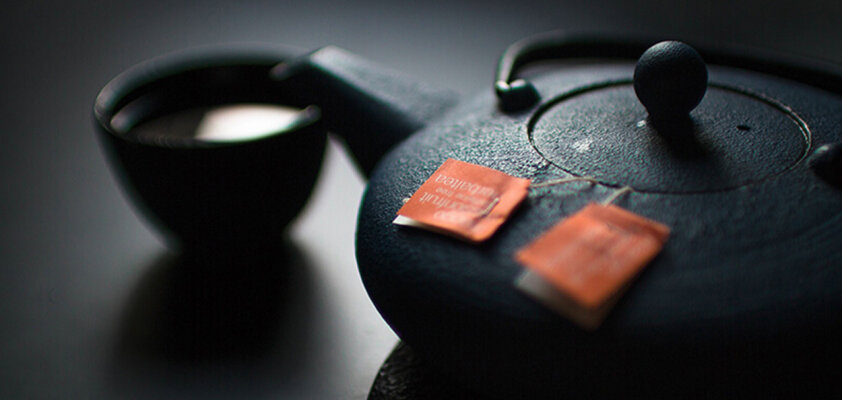
What are the most durable traditional Japanese pans, pots, and teapots made of? Right: Japanese cast iron. Nanbu Tekki translates to "Ironware from Nanbu," representing handmade, sustainable art. The Japanese cast iron from Iwate Prefecture is unique and globally renowned. But what makes it so special?
Handmade for centuries - cast iron Iwate
The city of Morioka has been the administrative center of Iwate Prefecture since 1633 and was called Nanbu – or, depending on the spelling, Nambu – during the Edo period (1603-1868). The ruins of the castle commemorate the rule of the Nanbu clan in Morioka at that time. In the 17th century, craftsmen from Kyoto were invited to Nanbu, where they first produced the famous black ironware. Originally, they crafted kettles, temple bells, and weapons. Later, they reduced the size of the kettles, added handles and spouts, and the first Nanbu teapot was born. Even today, Japanese cast iron is primarily associated with teaware.
Warum Iwate? Die Präfektur bietet einen reichen Vorrat an Rohstoffen: Eisenerz, Kohle und Lehm. Nambu Ironware wird dort außerdem auch in Mizusawa, heute Teil der Stadt Ōshū, produziert. Dort begann die Geschichte der Eisenherstellung für buddhistische Zeremonien und Rüstungen schon im 12. Jahrhundert. Erst seit 1960 jedoch werden die Eisenwaren Nanbu Tekki genannt, und seit 1975 ist diese Art der Gusseisen-Herstellung offiziell eine traditionelle Handwerkskunst Japans. Die Produktion erfolgt immer noch per Hand und im Familienbetrieb. Die bekannteste japanische Gusseisen-Schmiede in Morioka heißt Iwachu und wurde 1902 gegründet.
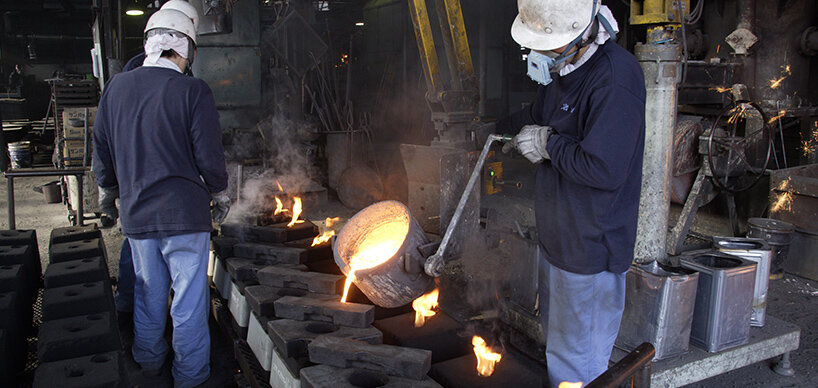
Japanese cast iron from Iwate - Iwachu manufactory
Japanese cast iron - not just for the kitchen
The Nanbu Tekki teapots (Tetsubin) keep tea exceptionally warm and can even soften hard water by absorbing chlorine. When boiling water in them, it's best to leave the water in the teapot for about a minute to allow it to heat completely. Teapots don't need to be washed for this purpose – simply let excess moisture evaporate and use an airbrush for openings. To avoid damage, cold water should not be poured into a hot teapot.
In addition to Tetsubin, Japanese rice cookers and cast iron grill pans are particularly popular. With the addition of some oil, nothing sticks to the pan, and dishes get an extra dose of valuable iron.
Today, Iwate produces not only tableware but also other items such as ashtrays, bottle openers, wind chimes, vases, and decorative figures. The well-known bronze-colored bell wind chime made from Japanese cast iron is called Nanbu Fūrin. It is based on traditional landscapes and natural elements. It is especially popular in Japan as a decoration for gardens and homes during the summer, and its sound is believed to be soothing and even healing.
In collaboration with designers in the neighboring Aomori Prefecture, Okiagari-Koboshi are also produced: traditional cylindrical self-righting dolls considered lucky charms for a long life, as they always stand up on their own.
The production of Nambu Cast Iron involves over 60 steps and the collaboration of three craftsmen. Because this art is so complex, it takes 15 years to learn it completely. Only after another 40 years can one be called a master craftsman.
The long road to the Nanbu-Tekki artwork
Take, for example, the production of an Iwachu cast iron teapot: Molten iron is poured into a clay mold specially designed for it. For Tetsubin teapots, small indentations are made using a rod to create the characteristic pattern. Firing this mold alone requires years of experience and is characteristic of Japanese cast iron art. The correct temperature and texture of the molten iron are also crucial. For mass production and the creation of intricate artworks, an alternative method is used where moist sand is placed into a pre-defined mold, which then serves as the casting form for the iron.
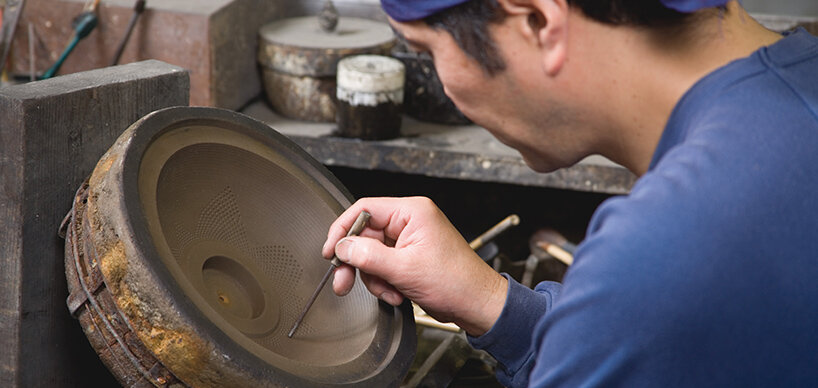
Production of a cast iron teapot - the indentations for the pattern are manually pressed in.
After the iron has cooled and been removed from the mold, it is hammered and ground using special tools to create intricate, artistic patterns. Then, a rust protector is applied: the iron product is heated in a special furnace to 900 degrees, which is sealed airtight. Nitrogen is then introduced into the furnace to create a higher concentration, preventing the iron from oxidizing. At least not until a high temperature is reached – at that point, a very small amount of oxygen is added, forming an oxide layer and providing reliable protection against red rust. This "black rust" is responsible for the characteristic color of Nanbu Tekki products.
The black layer is only 10 micrometers thick, compared to the conventional 100 micrometers. This provides the best rust protection: When the iron expands due to temperature, the Nanbu Tekki oxide layer is much more resistant because it easily adapts to this expansion without breaking. Additionally, this allows dishes to be prepared at very high temperatures in pans made of Japanese cast iron, and the heat can be evenly distributed.
A unique piece with its own history
The penultimate step in the Nanbu Tekki manufacturing process is the coloring that gives the ironware its distinctive character. For this, the kettle is heated to 250 degrees, and lacquer is applied using a brush. Only natural mixtures, such as vinegar and green tea, are used to give color to the Japanese cast iron. Finally, a specially trained smith creates the handle, of which there are two types: the hollow, non-heat-conductive Fukurozuru and the artistic Mukuzuru.
Another feature of Nanbu Tekki cast iron is its thinness. The desired shape is achieved using two casting molds. By leaving as little space as possible between the inner mold, Nakago, and the outer mold, very thin Japanese cast iron is obtained.
Nanbu Tekki follows the Japanese Wabi-Sabi principle, which values the aesthetics of simplicity and sustainability. With dedication and centuries of perfected craftsmanship, a high-quality piece of Japanese philosophy is created. Thus, the subtly but artfully designed Nanbu ironware fits into any kitchen and lasts a lifetime.


Newsletter subscribe now
Our newsletter subscribers are the first to be informed!!
News about products, manufacturers & designers
and cultural topics relating Japan



Newsletter
Our newsletter will inform you about
exciting new posts about the
Japanese culture!
Sign up now!


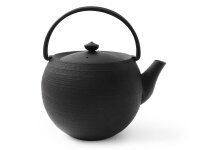
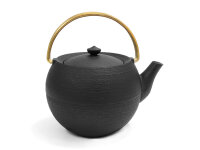
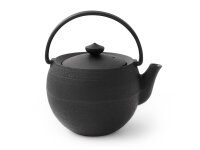
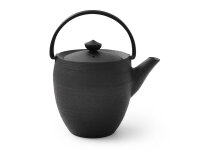
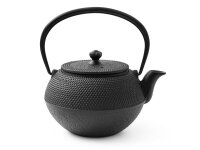
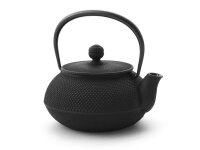
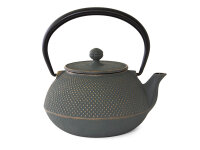
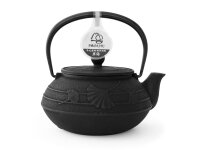
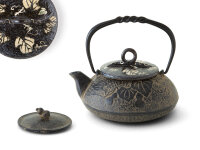
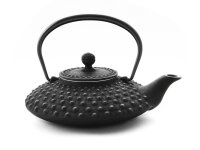
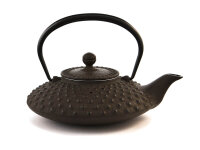
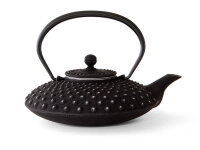

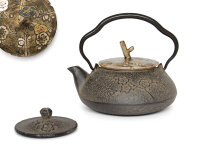
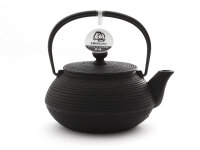
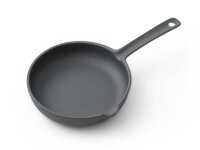
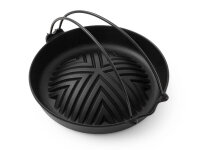
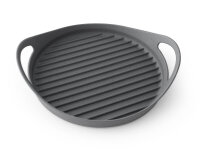
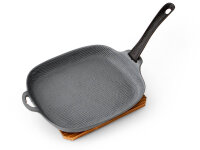
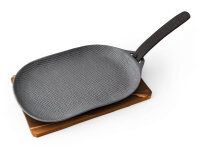
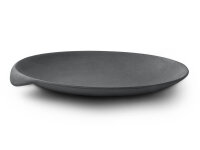
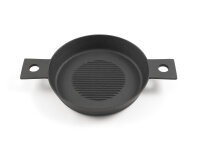
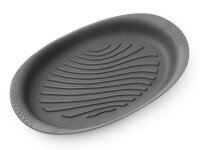
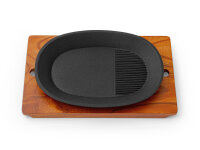
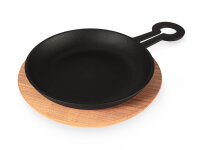
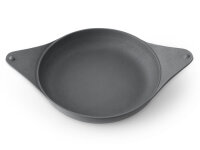
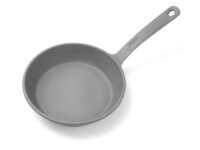
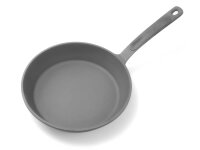
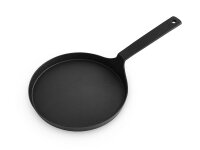
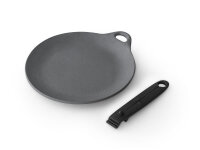






-from-the-yakiyaki-grill-pan.jpg)




